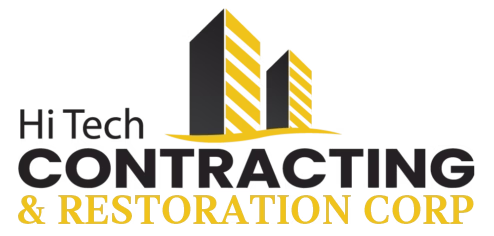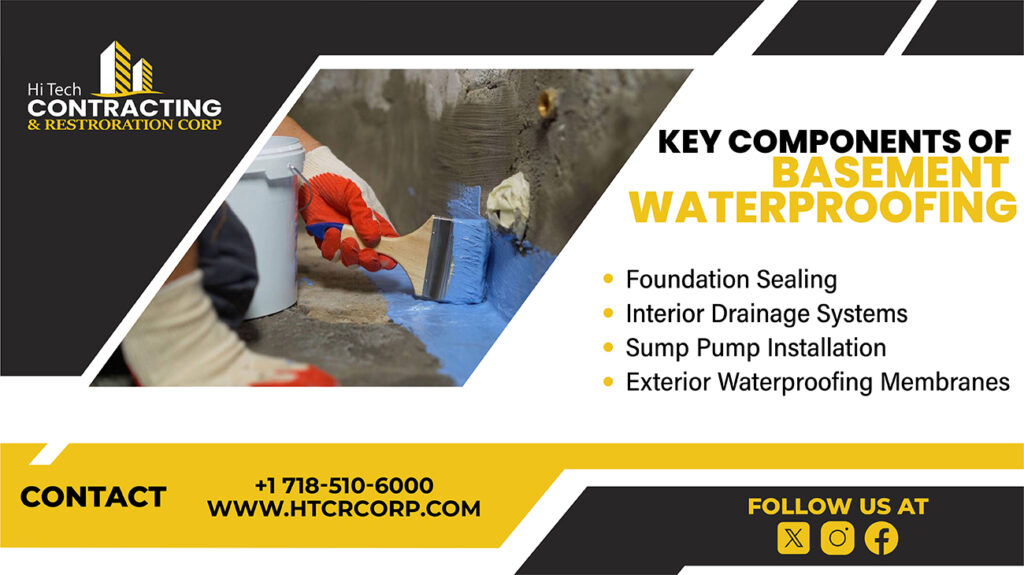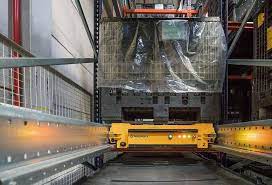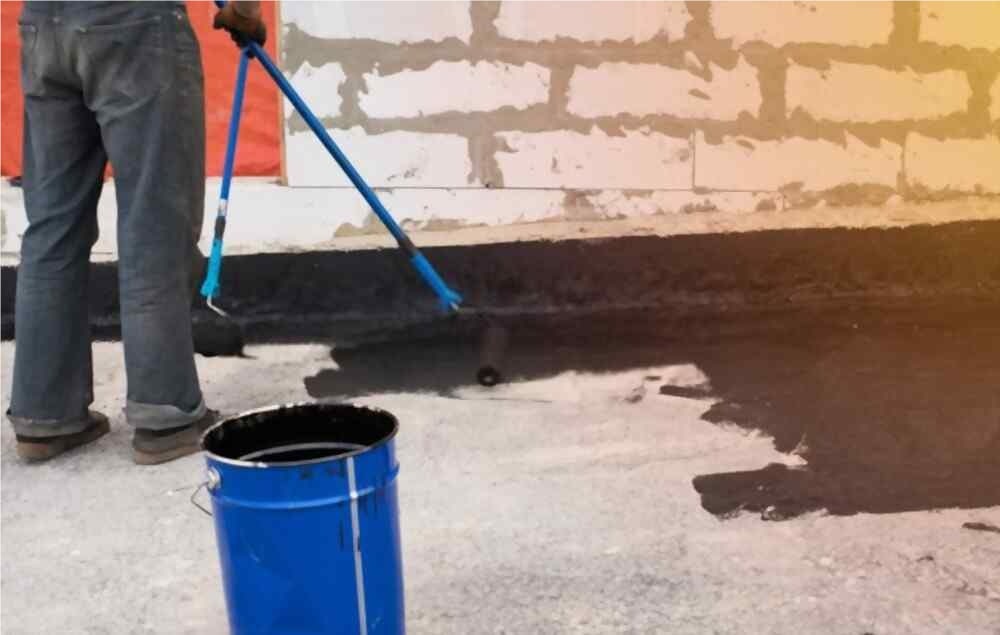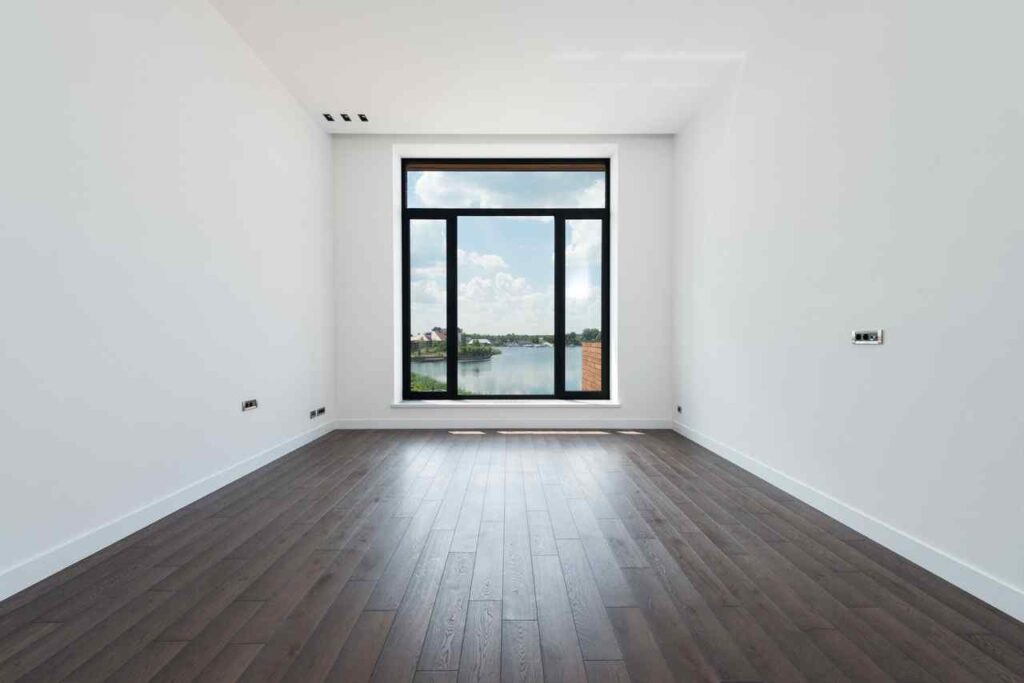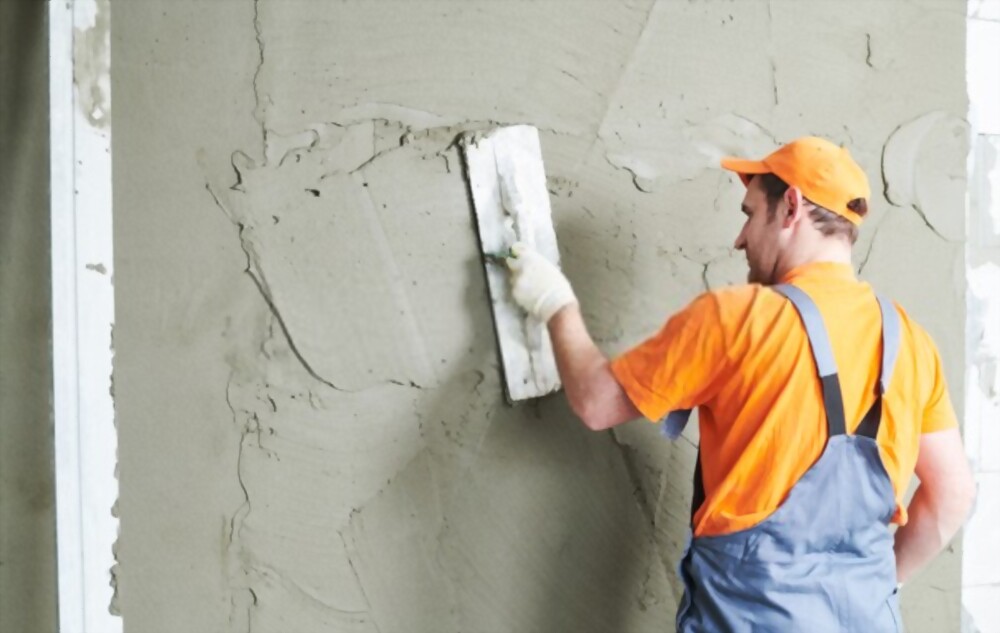Basement waterproofing is a crucial component of maintaining a dry, comfortable, and structurally sound home. Water intrusion into basements can cause a number of problems, including mold growth, structural damage, and decreased property value. To address these issues, various waterproofing techniques are employed, each suited to different situations and preferences. In this guide, we will explore the three primary styles of basement waterproofing strategies, their benefits, and considerations for choosing the right one for your home.
1- Interior Basement Waterproofing:
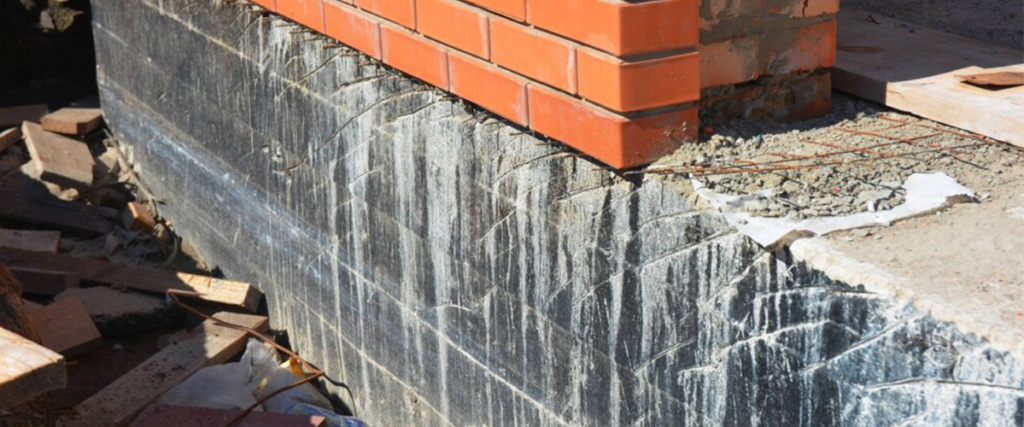
Interior basement waterproofing focuses on addressing water that has already entered the basement. This process involves installing drainage systems and moisture barriers on the interior of the basement walls and floors to redirect water away from the foundation.
Key Components of Interior Basement Waterproofing
– French Drains:
French drains are trenches packed with gravel or perforated pipe structures that gather and divert water away from the muse. They are generally established along the fringe of the basement floor or around specific hassle areas.
– Sump Pump Systems:
Sump pumps are installed in a pit or basin inside the basement ground. They automatically pump out water that accumulates inside the pit, preventing it from flooding the basement.
– Interior Sealants and Waterproofing Membranes:
Waterproofing coatings and membranes are applied to the interior partitions and flooring to create a barrier in opposition to moisture intrusion. These products help to save you water vapor from seeping via porous concrete and masonry surfaces.
Benefits of Interior Basement Waterproofing:
1- Effective at managing water that has already entered the basement.
2- It can be mounted without excavating the outdoors of the inspiration, making it a less disruptive choice for existing houses.
3- Provides delivered protection against basement leaks and moisture issues.
Considerations for Interior Basement Waterproofing:
1- May not cope with the foundation motive of water intrusion, which could result in ongoing renovation desires.
2- Requires access to the indoors of the basement, which may not be feasible in all conditions.
3- Does now not save you water from attaining the muse partitions, potentially main to structural issues through the years.
2- Exterior Basement Waterproofing
Exterior basement waterproofing involves preventing water from entering the basement by applying waterproof coatings and installing drainage systems on the outside of the foundation walls.

Key Components of Exterior Basement Waterproofing:
– Exterior Drainage Systems:
These structures, along with footing drains or outside French drains, are hooked up along the foundation walls to gather and redirect water away from the house.
– Waterproofing Membranes:
Specialized waterproofing membranes or coatings are applied to the exterior floor of the muse partitions to create a barrier in opposition to moisture intrusion.
– Foundation Repair:
Any current cracks or harm to the inspiration walls are repaired to save you water from seeping through.
Benefits of Exterior Basement Waterproofing:
1- Addresses the basis motive of water intrusion by preventing water from reaching the muse walls.
2- Provides long-lasting protection towards basement leaks and structural damage.
3- Helps to preserve the integrity of the foundation and increase the lifespan of the basement.
Considerations for Exterior Basement Waterproofing:
1- Requires excavation across the perimeter of the foundation, which may be pricey and disruptive.
2- May no longer be possible for houses with restricted get right of entry to the exterior or vast landscaping.
3- Professional set up is typically required to make sure right drainage and waterproofing.
3- Drainage and Landscape Grading
Drainage and landscape grading consciousness on handling floor water runoff to save you it from pooling around the muse and seeping into the basement.
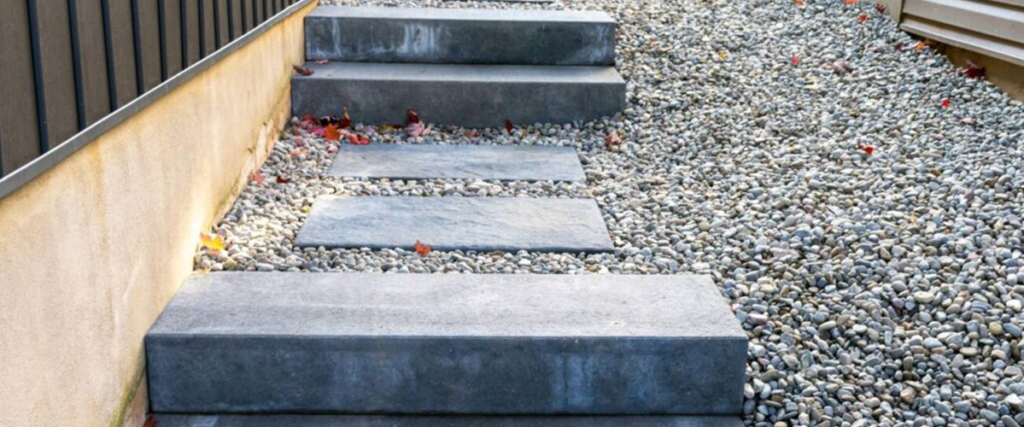
Key Components of Drainage and Landscape Grading:
– Grading:
The slope of the land round the house is adjusted to direct water away from the foundation. This can also contain including or casting off soil to create a downward slope.
– Downspout Extensions:
Downspouts are equipped with extensions to hold rainwater faraway from the muse and prevent it from pooling near the house.
– Surface Drainage Systems:
Surface drains, such as swales or seize basins, are set up to collect and redirect water far from the belongings.
Benefits of Drainage and Landscape Grading:
1- Relatively inexpensive compared to different waterproofing strategies.
2- Helps to save you water from accomplishing the inspiration partitions, reducing the danger of basement leaks and moisture issues.
3- Improves the overall drainage of the assets, lowering the chance of water damage to the house and landscaping.
Considerations for Drainage and Landscape Grading:
1- Requires proper planning and layout to make sure powerful water diversion.
2- May need periodic maintenance, such as clearing particles from drainage channels and adjusting grading as wanted.
3- May no longer be enough for homes with sizable water intrusion issues or poorly draining soil.
Conclusion:
Basement waterproofing is crucial for protecting your home from water damage and maintaining a healthy indoor environment. Understanding the different types of basement waterproofing methods available enables homeowners to make informed decisions about the best solution for their specific needs. Whether opting for interior, exterior, or drainage and landscape grading solutions, professional assessment and installation are key to ensuring effective and long-lasting protection against basement leaks and moisture issues.
Hi-Tech Contracting and Restoration Corp
Contact Us Page for Hi-Tech Contracting and Restoration Corp
Connect with us on social media:
For any inquiries, assistance, or collaborations, please don’t hesitate to contact us. We look forward to hearing from you!
